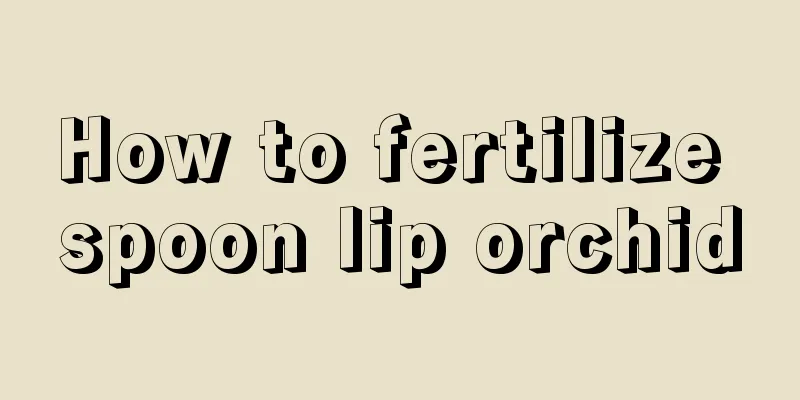Common diseases and prevention of saffron (crocus)

Saffron Diseases - SclerotiniadiseaseSclerotinia disease mainly harms bulbs and seedlings. If the bulbs are improperly stored in summer, they are prone to disease and cause the entire bulbs to rot. Prevention and treatment methodsWhen storing bulbs, injured or diseased bulbs must be removed to prevent bulb deterioration and infection and spread of pathogens. Then spray 500 times diluted 50% thiophanate wettable powder for prevention and control. Saffron Diseases - Mosaic DiseasediseaseIn the early stages of mosaic disease, the leaves are distorted, yellow stripes appear on the leaves, and the plants become dwarfed. In the later stages, irregular necrotic spots or stripes appear on the leaves. The diseased plants have small flowers during the flowering period, and plants with severe disease basically do not bloom. Once the plant is infected with the disease, it is difficult to cure and it will accompany the disease throughout its life. Moreover, as the growth time increases, the diseased plant bulbs will become smaller year by year and eventually lose their value. PrecautionsWhen planting, choose high-quality bulbs. It has strong disease resistance and there are no disease spots on the bulb surface. During the maintenance process, spray disinfectants frequently to kill bacteria and place the plants in a cool and ventilated place for maintenance. Timely supplementation of nutrients can enhance the disease resistance of plants. Saffron Diseases - RustdiseaseRust disease mainly harms the leaves of saffron, especially on the back of the leaves, causing rust spots on the leaves, affecting the appearance. Prevention and treatment methodsDisinfect the seeds or bulbs before planting and mix them with 15% oxycarboxin. During the maintenance period, apply more phosphorus and potassium fertilizers to promote plant health and improve disease resistance. Clean up dead branches and leaves in time, and cut off the remaining flowers after flowering every year. And if you find diseased leaves, remove them immediately to avoid infecting other plants. In the early stage of the disease, spray 15% triadimefon 500 times diluted 1 to 2 times; during the disease period, spray 97% sodium dimethoate 300 to 400 times diluted, spray once every 10 days, and spray 2 to 3 times in a row. Saffron Diseases - Root RotdiseaseInfection by root rot bacteria can occur throughout the entire growth stage, especially in the seedling and flowering stages where the disease is more serious. After the disease occurs, the plants wilt, turn light yellow, and eventually die. Prevention and treatment methodsWhen diseased plants are found, they should be removed and burned in time to prevent infection to surrounding plants. Sprinkle some quicklime or furadan in the holes of the diseased plants. It is recommended to change the soil and replant other plants after the plant’s roots have rotted. |
<<: Common diseases and pests of white palm and their control
>>: Disease control of violets
Recommend
How to shape the Jade Leaf Bonsai beautifully (How to prune the Jade Leaf seedlings to be the most beautiful)
First, the branch shaping method of Jade Leaves: ...
The Flower Language of the Evening Bloom
The Flower Language of the Evening Bloom The even...
What is the best month to prune peach trees? What is the best month to prune peach trees?
Peach tree pruning time Peach trees are usually p...
Can osmanthus branches survive by being planted?
1. Can it be inserted alive? The osmanthus tree c...
When is the best time to prune wolfberries?
The effect of wolfberry pruning Reasonable prunin...
What does the Euphorbia gejin look like?
1. Morphological characteristics 1. Euphorbia gej...
The "secrets" behind the good growth of flowers in some flower markets
1. Spray brightener to make plants brighter Uncov...
How to grow Anthurium quickly
1. Temperature This flower is very sensitive to t...
How to prune the big-leafed green radish
How to prune the branches of the big-leafed green...
Plant flowers all over the house, so why worry about smog?
living room bedroom balcony kitchen bathroom stud...
What flowers are suitable for growing in Shangrao? What are the city flowers and trees?
Shangrao has a subtropical humid climate with a co...
When is the best time to prune a mango tree?
Mango tree pruning time Mango trees generally nee...
How to trim golden marbles
Pruning time There are three key times to prune t...
Chaoshan vegetable varieties What are the common types of vegetables in Chaoshan
Chaoshan is located on the southeast coast of Gua...
Matters Needing Attention in Transplanting Peonies
1. Time The timing of transplanting peonies is ve...









